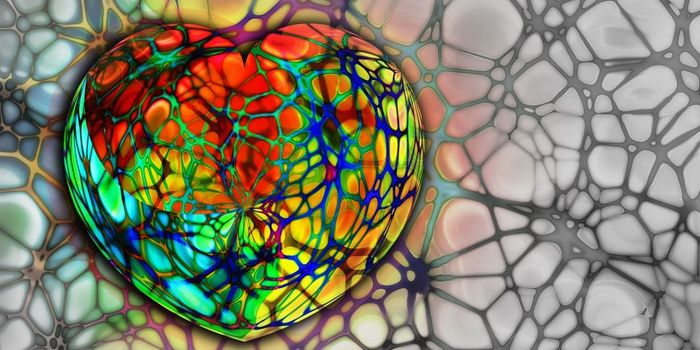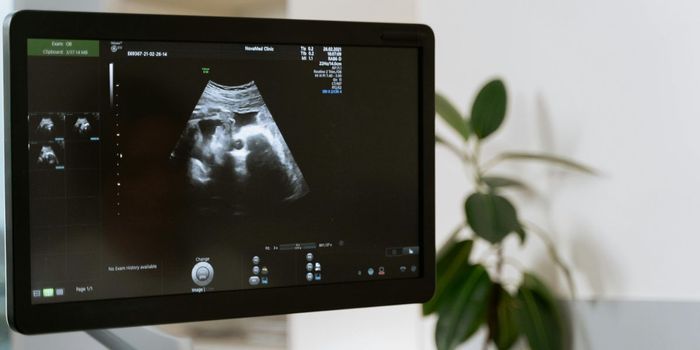The position in which people sleep could affect how efficiently the brain clears waste, and ultimately, how the brain functions, according to new research from Stony Brook University in New York. The implication is that sleep positions could prevent neurodegenerative diseases that are affected by plaque buildup, according to an article in the Journal of Neuroscience, as reported by Bevin Fletcher in Bioscience Technology. Helene Benveniste, M.D., Ph.D., lead investigator and professor in the department of Anesthesiology and Radiology at Stony Brook University School of Medicine in New York told Fletcher that it is too early to comment on humans, but "in animals it is clear that the lateral position increases waste removal compared to other body positions" (http://www.biosciencetechnology.com/articles/2015/08/sleep-position-may-impact-brains-ability-clear-waste?et_cid=4723772&et_rid=45505806&type=cta).

In 2013 researchers the Center for Translational Neuromedicine at the University of Rochester Medical Center in New York showed that the space between brain cells may increase during sleep, allowing the brain to flush out toxins that build up during waking hours. The study, funded by the National Institute of Neurological Disorders and Stroke (NINDS), part of the NIH, suggests a new role for sleep in health and disease. The results, published in Science, show that during sleep a plumbing system called the glymphatic system may open, letting fluid flow rapidly through the brain. The glymphatic system helps to control the flow of cerebrospinal fluid (CSF) (http://www.nih.gov/news/health/oct2013/ninds-17.htm).
Just as the lymphatic system clears waste from organs, the glymphatic pathway is where CSF filters through the brain and exchanges with interstitial fluid (ISF) to clear waste chemicals, such as amyloid B and tau proteins, from the brain. The buildup of these proteins and other waste chemicals is suspected in the development of neurological diseases including Alzheimer's. The system, a brain-wide pathway running along all vessels in the brain and connecting to the space surrounding brain cells (the ISF space), has been studied in detail in animal models.
Maiken Nedergaard, Ph.D., at the University of Rochester, a co-author on the Stony Brook study, had shown that the glymphatic pathway works better during sleep or when one is under general anesthesia, compared to when one is awake. The brain's glymphatic pathway clears harmful wastes, especially during sleep. The lateral position may be the best position for the brain-waste clearance process. Benveniste and colleagues used dynamic contrast magnetic resonance imaging (MRI) to image the glymphatic pathway at work in rodents' brains. They imaged three positions - lateral (side), prone (down), and supine (up) -along with kinetic modeling to quantify the CSF-ISF exchange rates in the rats.
According to Benveniste, "The analysis showed us consistently that glymphatic transport was most efficient in the lateral position when compared to the supine or prone positions. Because of this finding, we propose that the body posture and sleep quality should be considered when standardizing future diagnostic imaging procedures to assess CSF-ISF transport in humans and therefore the assessment of the clearance of damaging brain proteins that may contribute to or cause brain diseases."









